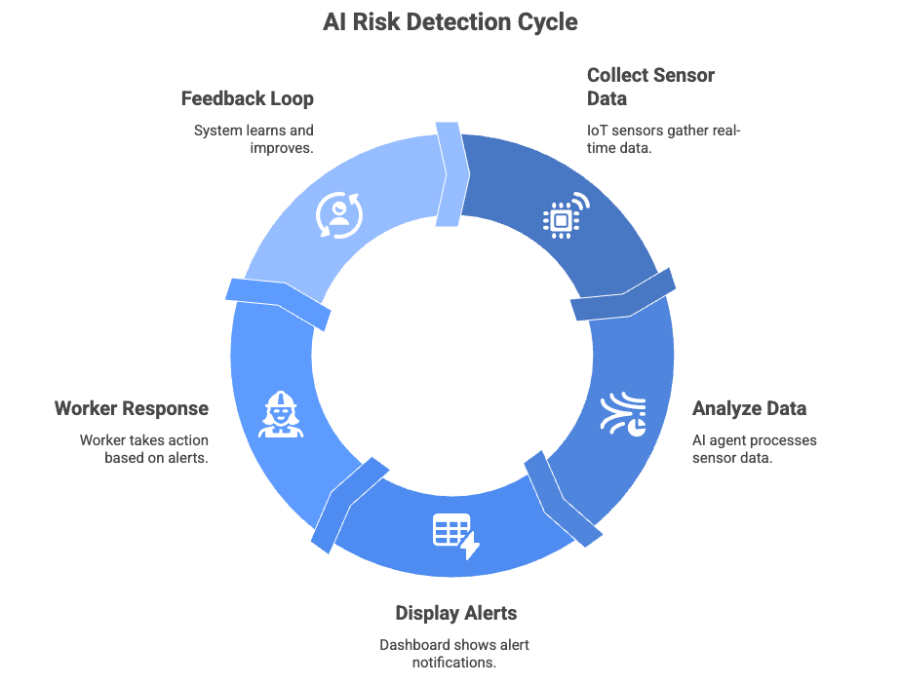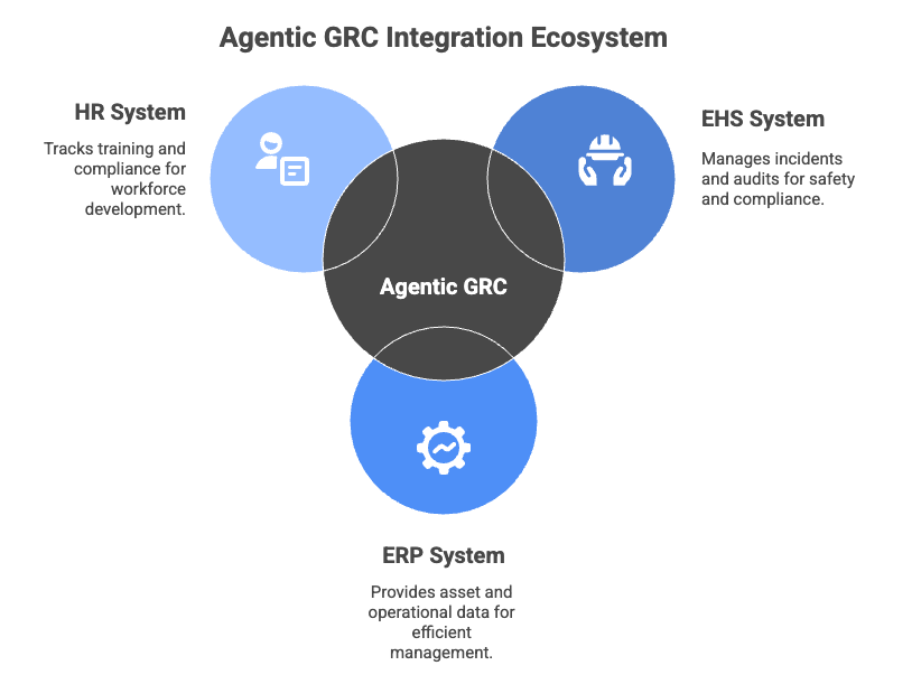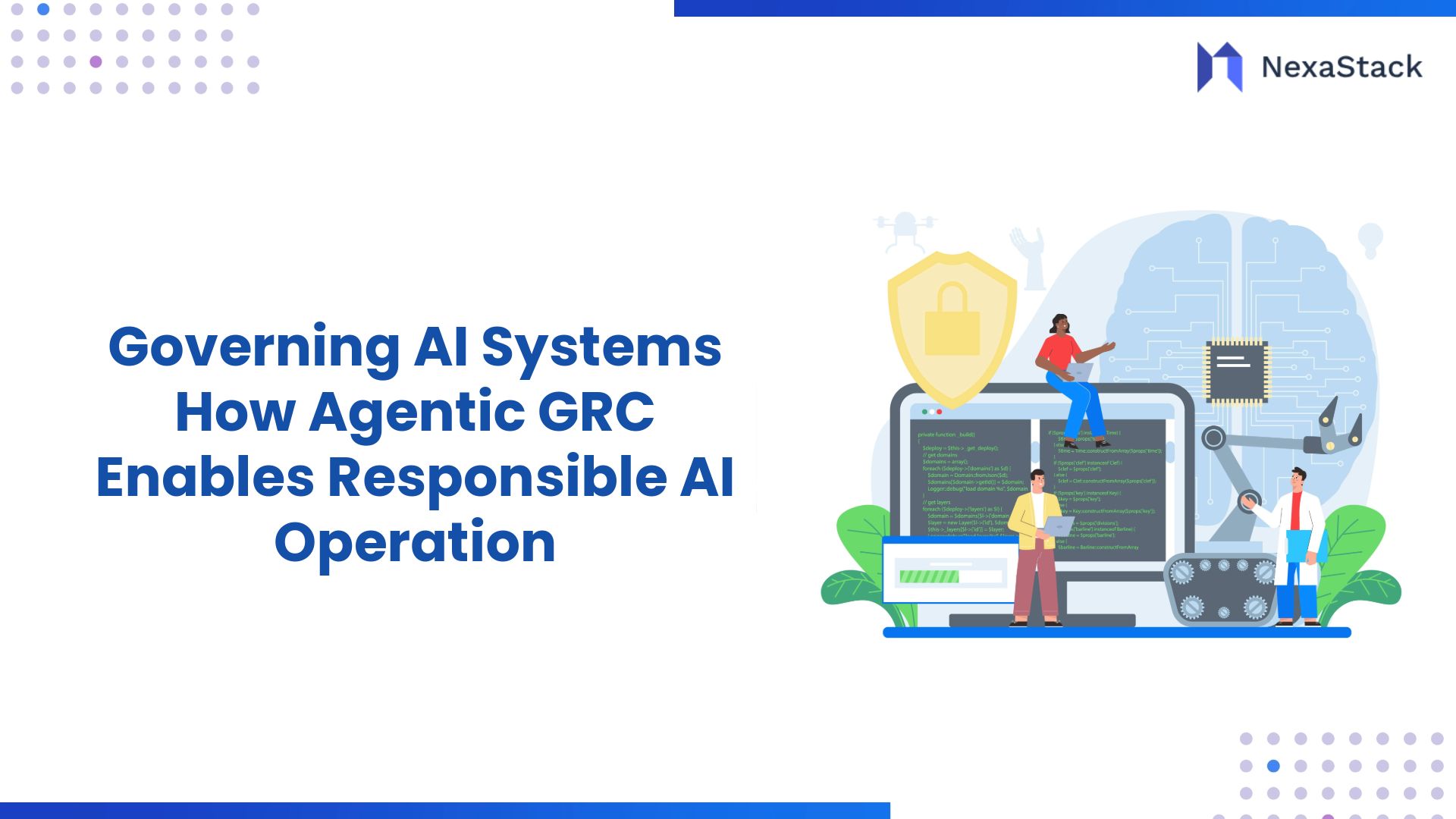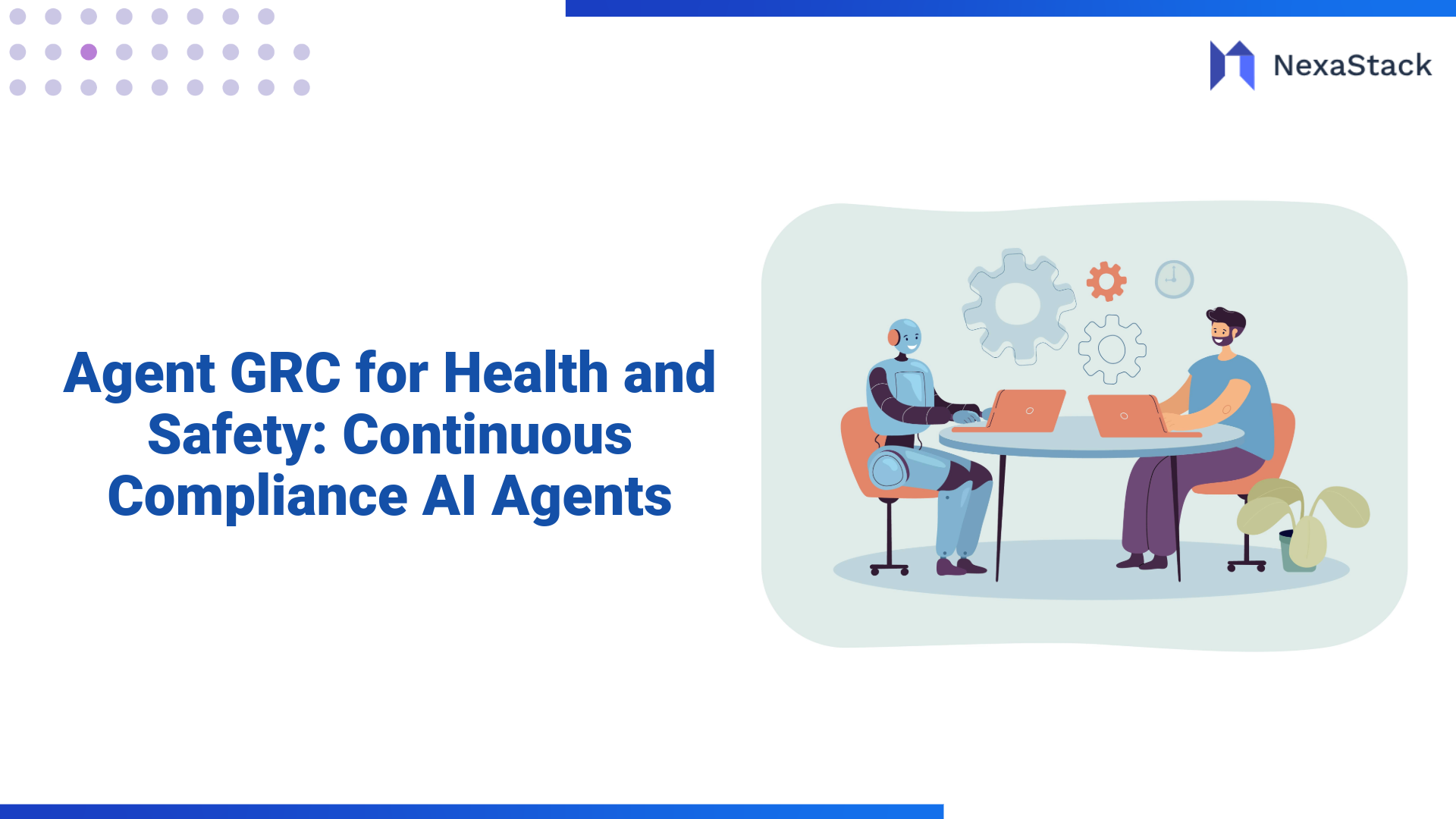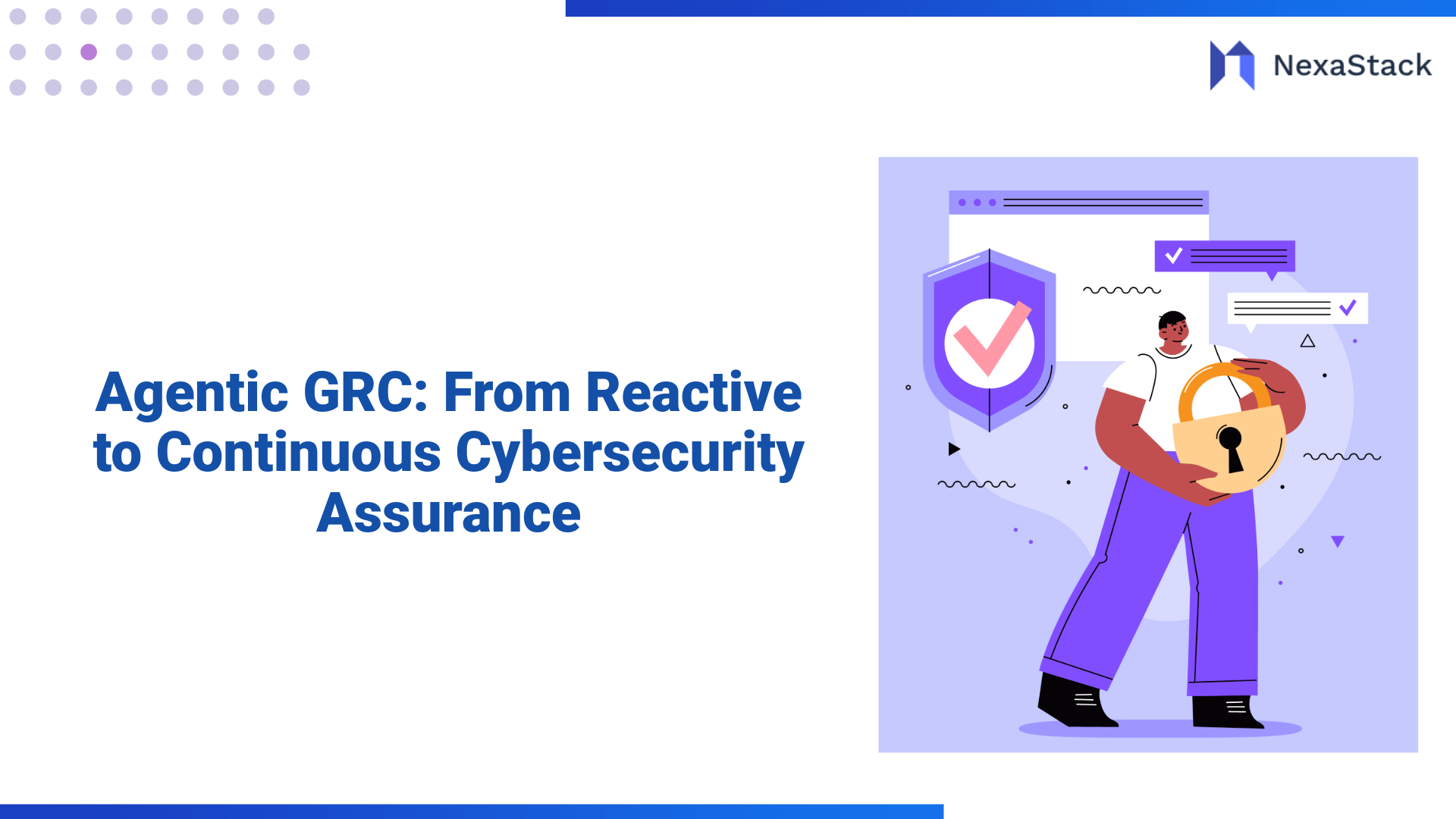Use Case – Predictive Safety Intelligence and Compliance Reporting
To illustrate how all of this comes together: imagine a large construction company operating globally, with multiple sites, diverse local regulations, and a mobile workforce. Their safety team is overwhelmed with incident reports, audit preparation, and compliance deadlines.
By implementing an agentic GRC platform, they can deploy:
-
Predictive safety intelligence agents continuously analyze historical incident data, equipment telemetry, worker patterns, and environmental sensors to forecast potential near-miss events (e.g., fatigue-related falls, equipment overloads).
-
Compliance reporting agents: These automatically pull site-level data, map it to regional regulations, generate dashboards, and highlight non-compliance exposures ahead of audits.
-
Learning agents: Each incident event is used to refine the predictive models, so the system gets smarter over time.
For example, a near-miss occurs when a crane overload is nearly triggered. The agent collates sensor data (load, wind speed, operator logs), worker shift information (hours worked) and procedural records (inspection logs) to identify contributing factors. It then adjusts the risk threshold for similar sites and alerts site managers about conditions that may lead to a repeat. Meanwhile, the compliance agent logs the event, updates the audit trail and feeds the global dashboard.
The outcome: The company moves from chasing audits and spreadsheets to proactively managing safety and compliance in near real-time. They reduce the time spent on reporting, increase the accuracy of their dashboards and build a culture of continuous improvement rather than one-off checks.
Future – Autonomous Health and Safety Oversight Systems
Looking ahead, we can envisage fully autonomous health and safety oversight systems, enabled by agentic architecture. These systems will not just monitor and alert — they will act, coordinate, and self-adjust.
Some of the features of this next horizon include:
-
Multi-agent ecosystems where monitoring, compliance, and response agents collaborate, learn, and adapt seamlessly.
-
Automatic containment actions: e.g., in a factory, if a gas leak risk is detected, the system shuts down affected sections, activates ventilation, alerts emergency responders, and logs every step — with minimal human intervention.
-
Real-time regulatory reporting: agents directly generate compliance certificates, report to regulators via APIs, maintain audit trail,s and adapt controls automatically as standards evolve.
-
Continuous self-governance: agents maintain their own health by monitoring performance, logging their own decision paths, and triggering human review when thresholds or anomalies are detected.
In this future state, safety and compliance become not just functions, but integrated capabilities of the business fabric itself — enabling organisations to operate with higher confidence, lower risk and stronger trust.
Conclusion
In the evolving world of health and safety governance, traditional GRC models are no longer sufficient. We need continuous, real-time oversight that can respond as fast as operations change. An agentic GRC approach — powered by AI agents that monitor, detect, act, and audit — offers precisely that.
By adopting an integrated, agent-driven framework, organisations can shift from reactive checks to proactive governance, from manual audits to continuous assurance. With strong integration across EHS, ERP, and HR systems, and with rigorous attention to data privacy and evidence logging, the path forward becomes clear.
For any organisation serious about protecting its people, operations and reputation, this isn’t optional — it’s the future of health and safety.
As experts summarise, “AI in GRC enables teams to work faster, identify risks earlier, and stay ahead of regulatory changes.”
Frequently Asked Questions (FAQs)
Learn how Agentic GRC leverages AI agents to ensure continuous health and safety compliance, automate risk monitoring, and strengthen operational governance.
What is Agent GRC for Health and Safety?
Agent GRC applies AI agents to monitor, analyze, and enforce health and safety policies automatically—ensuring compliance with regulatory standards in real time.
How does Agentic GRC improve workplace safety compliance?
AI agents detect safety violations, flag anomalies, and trigger automated alerts or corrective workflows—helping organizations maintain continuous regulatory compliance.
Can Agent GRC integrate with existing health and safety systems?
Yes. Nexastack’s Agent GRC integrates with EHS platforms, IoT sensors, and HR systems to collect and correlate compliance data across facilities and operations.
What are the benefits of using AI agents for compliance monitoring?
AI agents deliver 24/7 oversight, reduce human error, automate reporting, and ensure that compliance gaps are identified and resolved immediately.
Which industries benefit most from Agentic GRC for Health and Safety?
Industries such as manufacturing, construction, energy, and healthcare leverage Agentic GRC to maintain workplace safety, meet regulatory standards, and prevent compliance breaches.
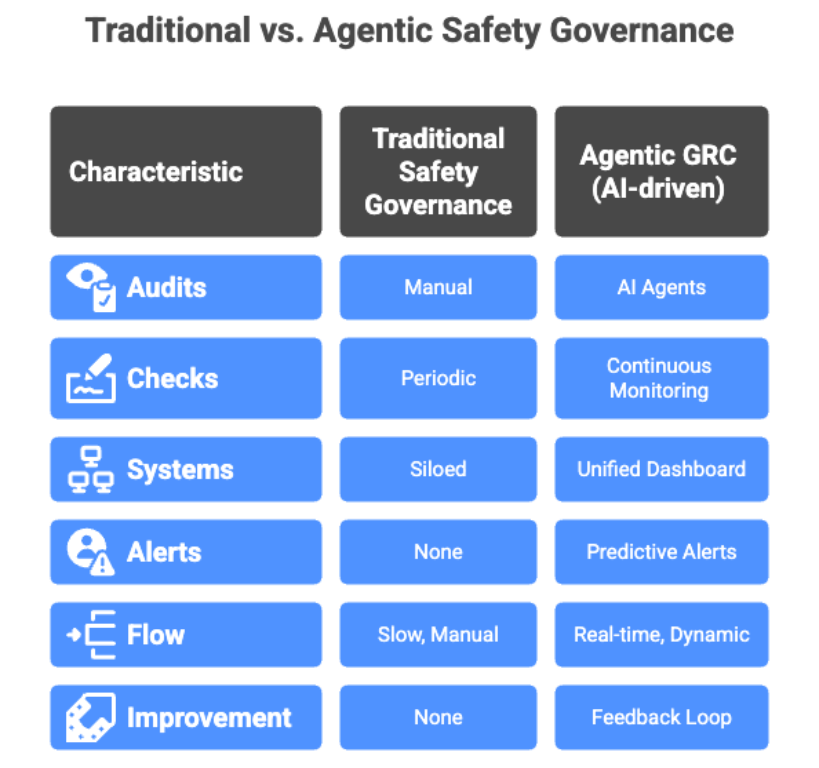
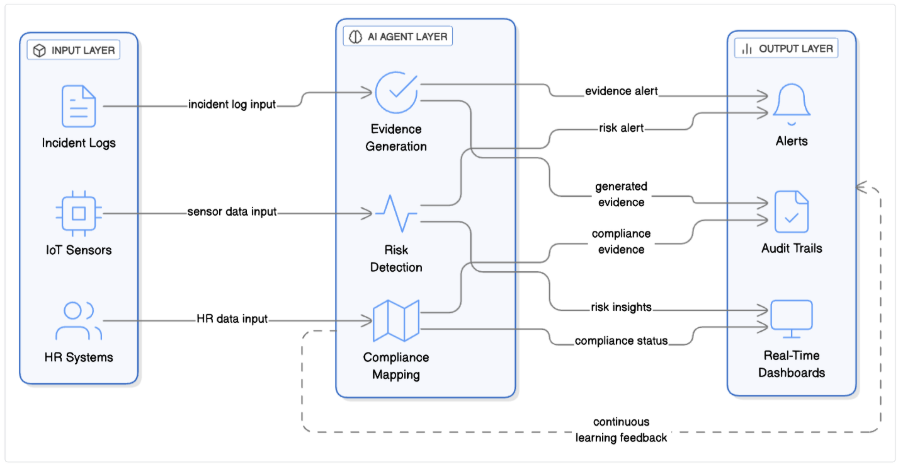 Fig: Agentic Framework for Health & Safety GRC
Fig: Agentic Framework for Health & Safety GRC